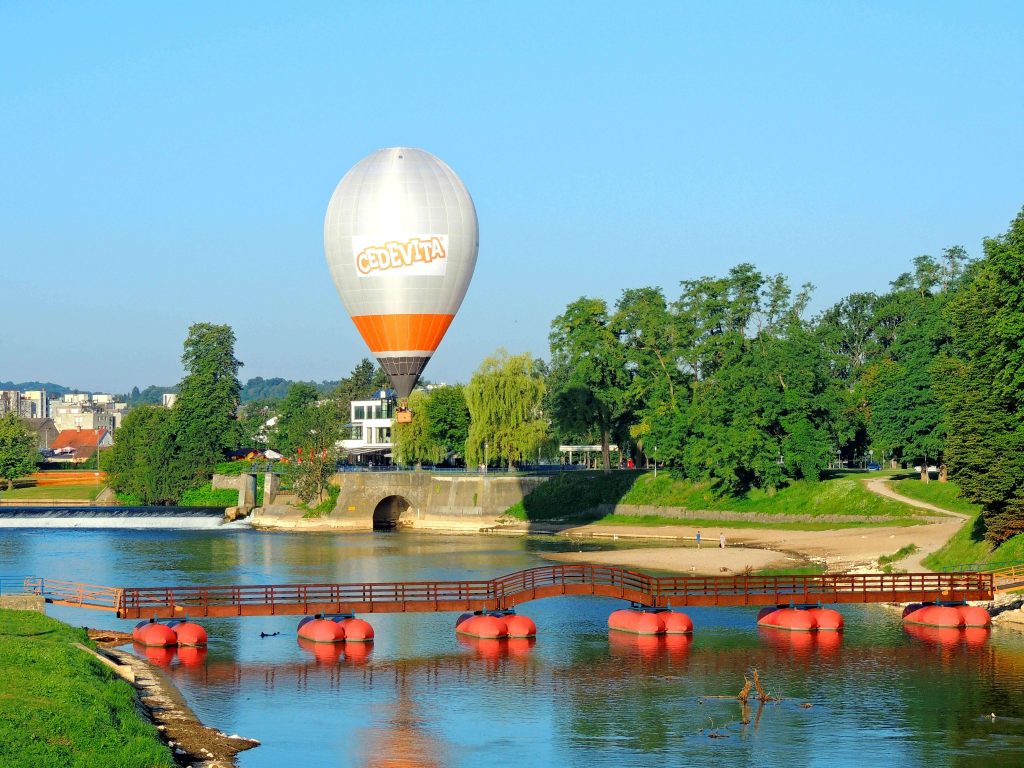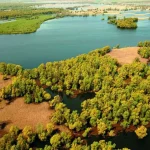On the way to the coast, one must pass Karlovac, which is located just 49 km (31 miles) southeast of Zagreb.
The old historic city built in 1579 was surrounded by a large, fortified wall in the shape of a six-pointed star. The fortification of the city was founded by Habsburg’s archduke Karl II. Thus, its name: Karlo-vac. Its massive walls served as a military outpost during the war against the Ottoman Empire. Over the centuries, the city streets and buildings spilled over the fortress, and the city became the center of trade routes and guilds, mostly in the 18th and 19th centuries. At the beginning of the 20th century, the peak of its prosperity was when Karlovac was the third-largest city in what was formerly Croatian territory. The only two larger cities at the time were Zagreb and Osijek (the City of Rijeka belonged to Italy).
Since Karlovac was built during the Renaissance, its design fits in well with Thomas More’s social philosophy of a Utopian society. The Utopian concept requires geometrical harmony in the design of public spaces. If the living space is protected from harm and offered esthetic beauty and comfort, the inhabitants will be healthy, successful, and content. Think of it as being the Renaissance’s idea of Feng Shui. The rivers Kupa, Korana, Mrežnica, and Dobra meander through lush green spaces in this pedestrian-friendly city. The four rivers offer an additional flair to the town known for its parks and alleys. For anyone arriving from the hustle and bustle, Karlovac will be a healing experience of meeting nature right at the heart of the city.
The city has historically always been a meeting point of people and trade routes. One can easily reach Karlovac today by train, bus, or car. Old historic roads such as Karolina, Josephina, Louisiana that go through town also lead straight to the Adriatic sea. The oldest standing building in Karlovac dates back to the 17th century and is now an active museum. The Karlovac museum has various exhibits that explain the city’s Renaissance, Baroque, Napoleonic characteristics, and more. Unfortunately, the city’s original architecture has not been preserved due to the destructive fires it has endured in the past. Between constant floods and fires, the new city emerged with wider alleyways between wooden buildings and more green spaces.
Interestingly, Karlovac is one of the first cities in Croatia with electricity generated through the hydroelectric dam (1908) on the river of Kupa by the town of Ozalj. The dam was used to power the local factories in Karlovac. Surprisingly, Nikola Tesla attended Karlovac Grammar School, which he completed in 3 years, and he became world-famous for his electrical discoveries. In his autobiographical accounts, Tesla reminisces about the stimulating influences of his professor of physics at Karlovac Grammar School, who exerted a lasting influence on him. Visitors can visit Tesla HotSpot in front of the school he attended, at the site of Nikola Tesla Experience Centre. The Centre is now under construction, opening to commence in September. The tourist story about Tesla and his years spent in Karlovac is still evolving; however, the fact that Karlovac Grammar School diploma remains the only diploma Tesla earned. Tesla’s enthusiasts can find inspiration at the same place where his scientific interests were sparked for the first time.
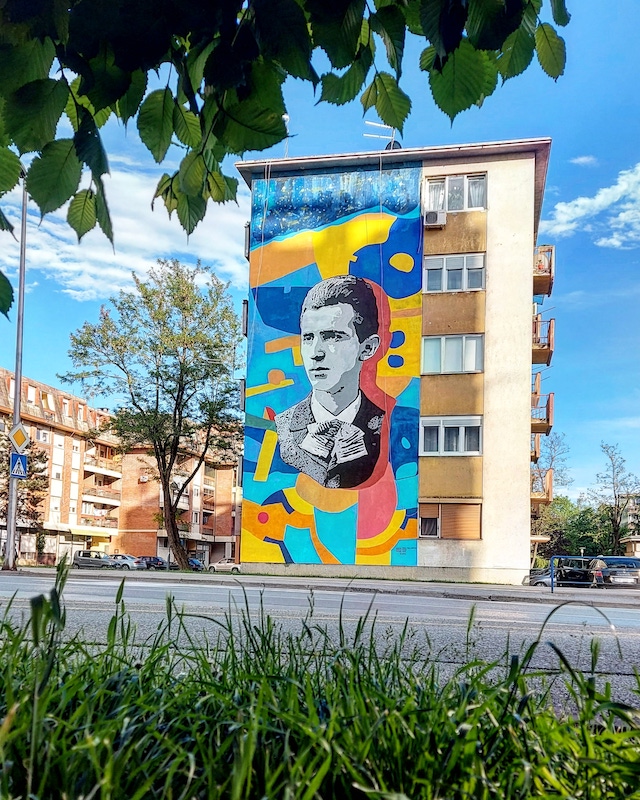
Vilim Stojkovic
The tradition of inventions and famous locals in Karlovac did not stop with Nikola Tesla leaving town. Marko Markovic, a civil engineer, and local patriot, designed the unique watch that is a replica of the 6-pointed star of the city fortress.

Marko Markovic
Besides historical sites and nature, there is the new city’s attraction Aquatica aquarium, the freshwater aquarium, where visitors can dive into the fish world and get to know the Karlovac rivers from a new perspective.
One of the oldest Beer Festivals in Croatia, “Dani Piva,” takes place in Karlovac every year in the late summer. It is an annual festivity centered around beer tasting, drinking, and gastronomy that attracts many visitors. Usually, one can choose from a range of different beers, domestic or foreign, as there are many international beer companies represented. Coupled with live entertainment Beer Festival is a highlight of summer in Karlovac.
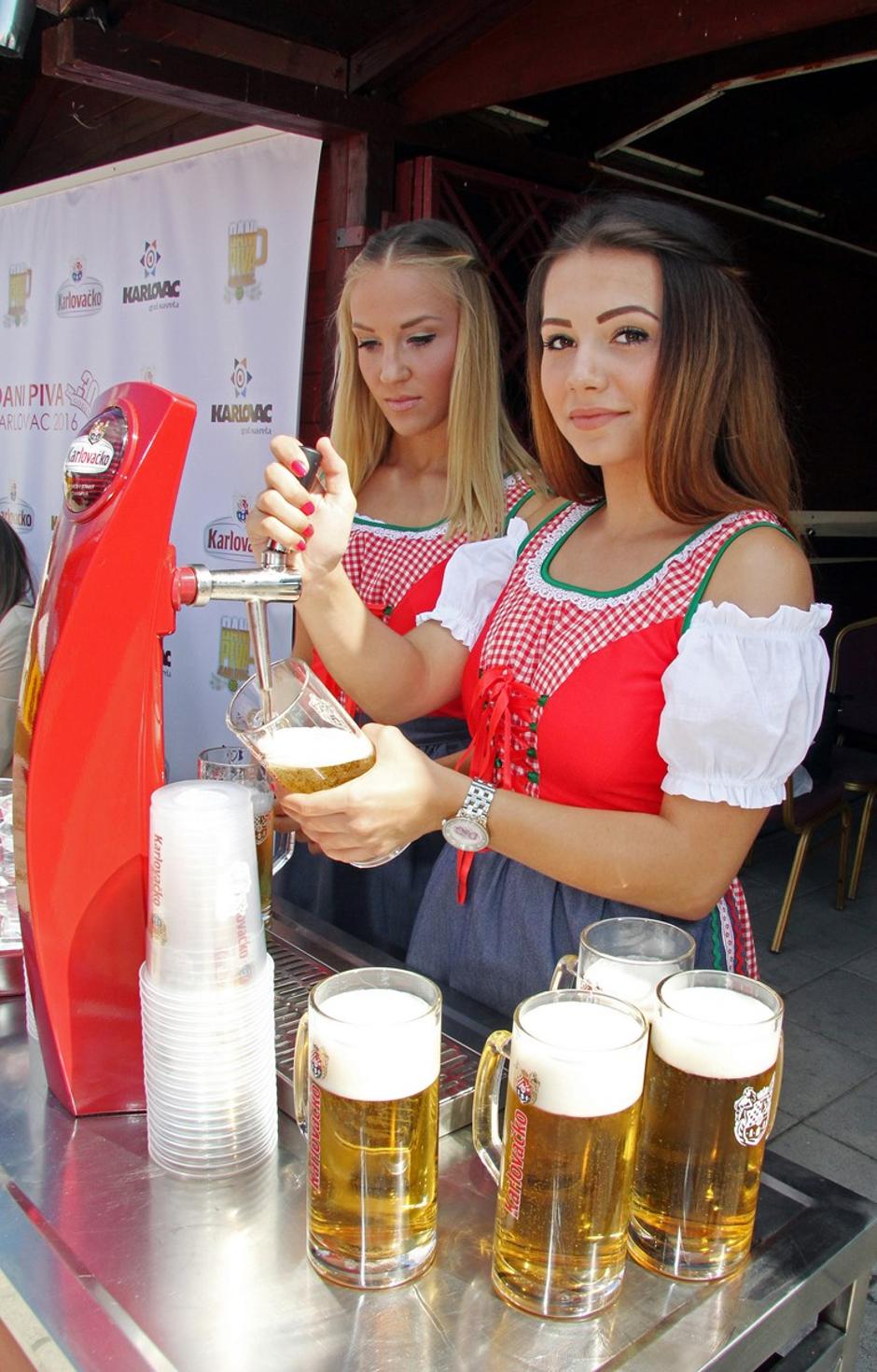
Vilim Stojkovic
Finally, one of the old attractions that cannot be missed is the 13th-century Dubovac Castle, where tourists can enjoy the views of the city and a little break in the restaurant within the castle’s walls.
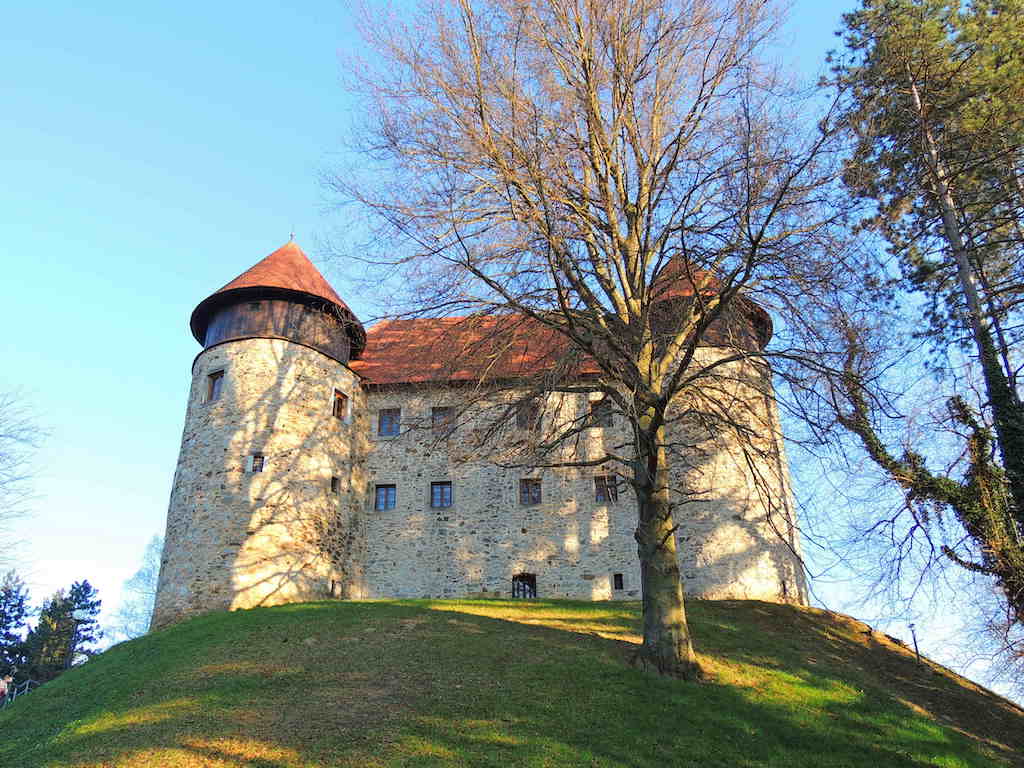
Vilim Stojkovic
I also suggest a visit to the War Museum on the outskirts of town, the very site of terrible bombings and shelling in Homeland war in the 90s.
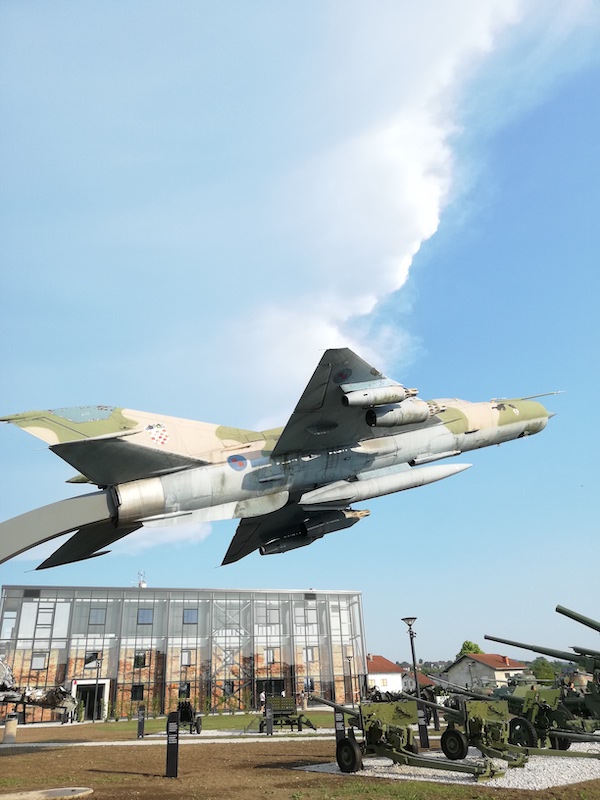
Vilim Stojkovic
If you’re passing by in summer, locals recommend an unusual experience – swimming in all the four rivers in just one day, but in two locations only – at the confluence of the Dobra and Kupa and the confluence of the Mrežnica and Korana. The rivers meet and intersect in the city. Memorable experience! On occasion, the city is still flooded because 4 rivers have a mind of their own.
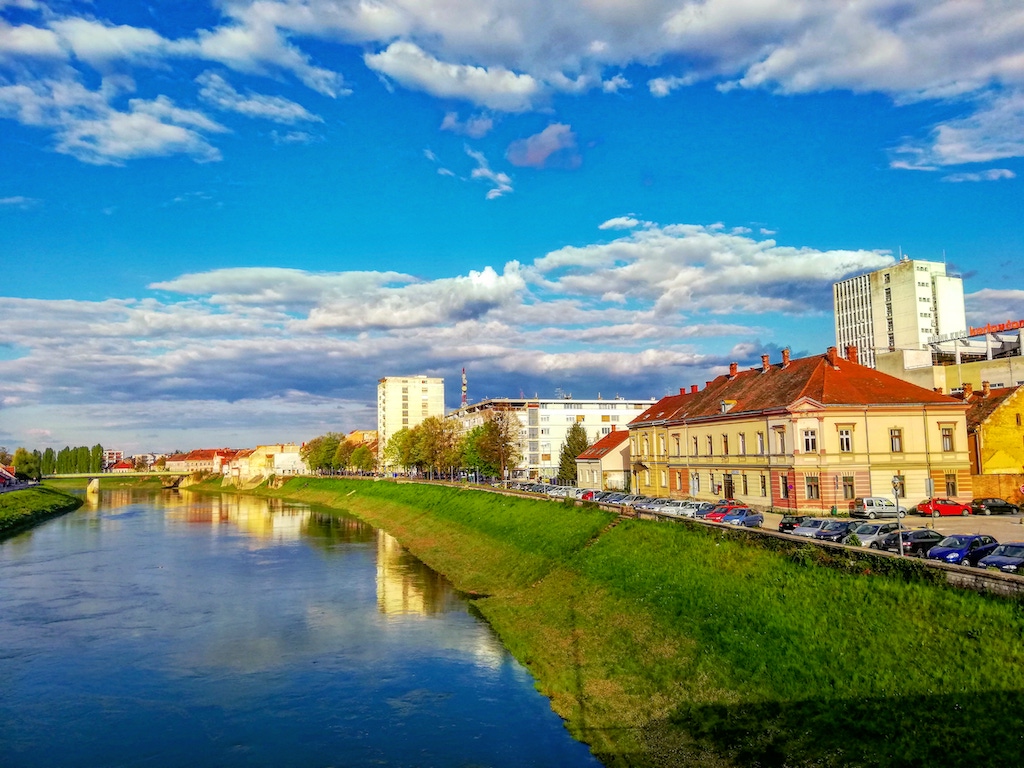
Vilim Stojkovic
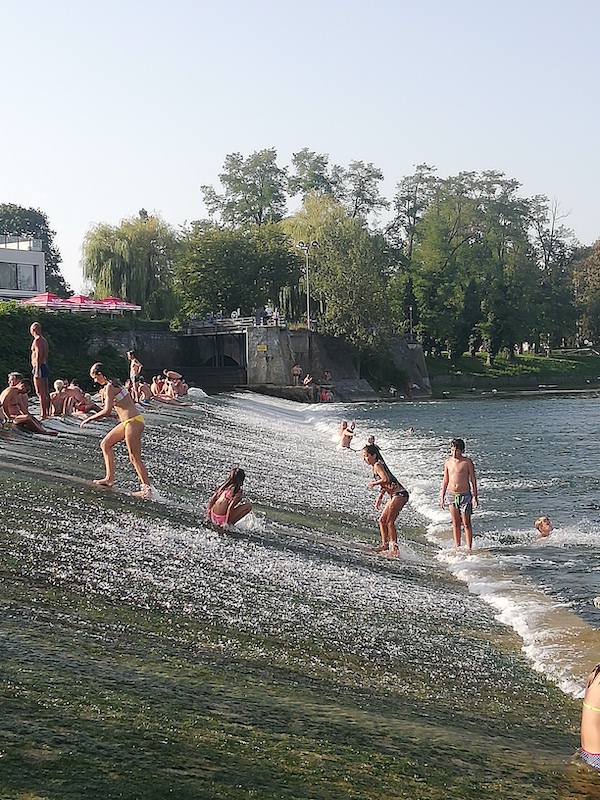
Vilim Stojkovic
The city has charming cafes and restaurants. Besides authentic cuisine that features plenty of fresh fish on the menu, food enthusiasts may discover new, interesting flavours. Those who decide to hang out in Karlovac can easily spend 2-3 days in museums, rivers, attractions, etc. Many have used Karlovac only as a pit stop on the way back to their destination. Boutique Hotel Korana Srakovčić and Hotel Carlstad, where you can spend a night before catching a flight at the Zagreb Airport, are less than an hour away.
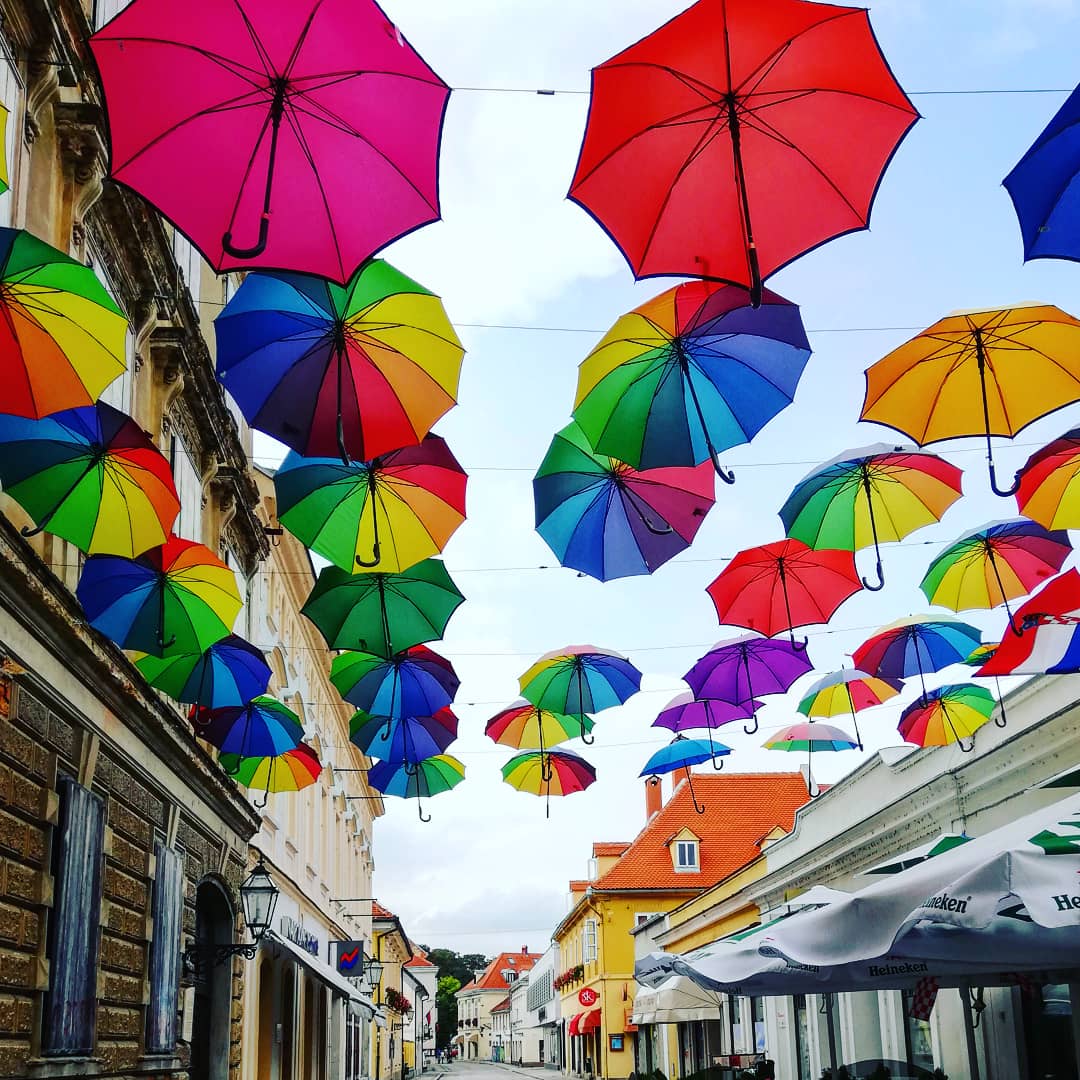
Vilim Stojkovic
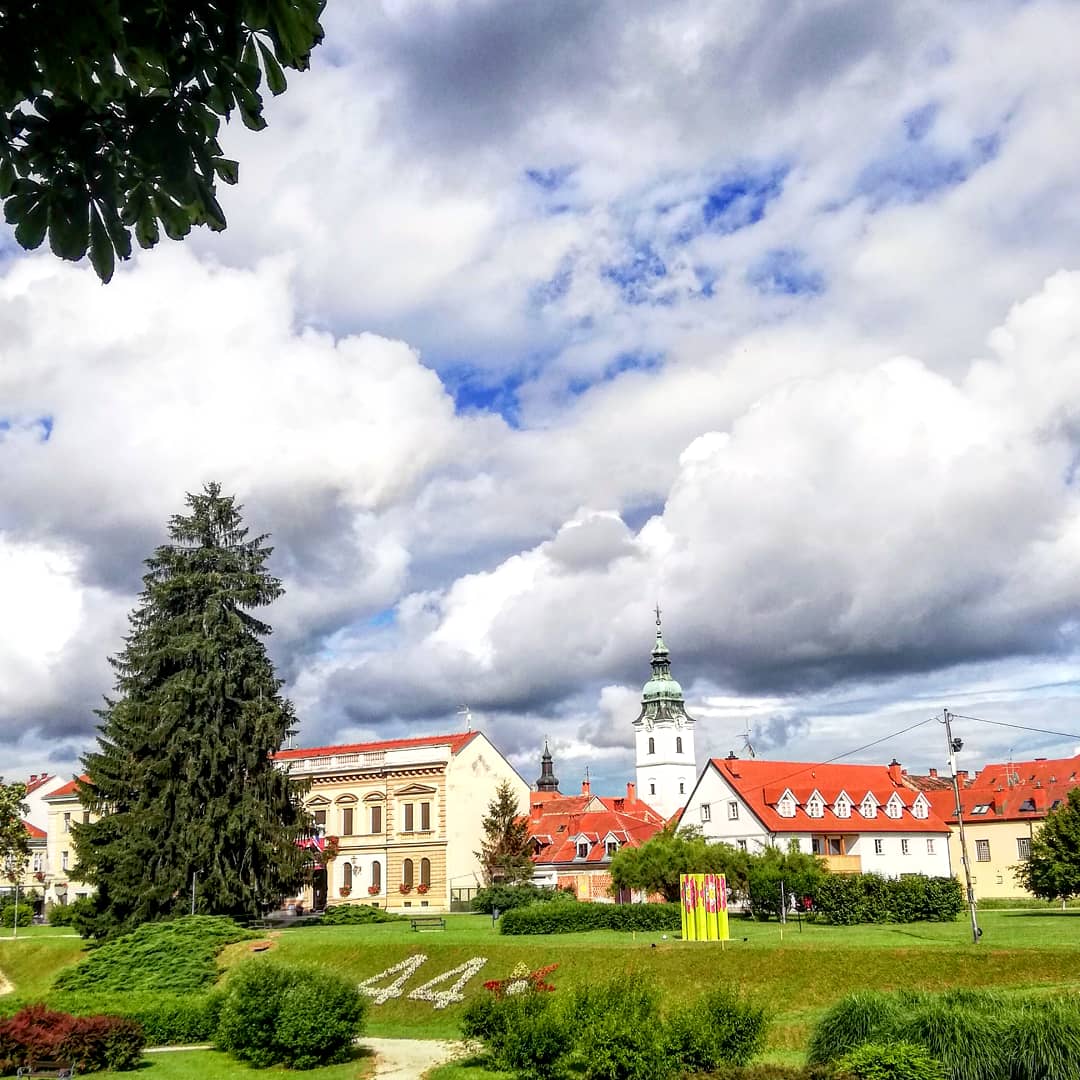
Vilim Stojkovic
Until today Karlovac is a pristine, well laid out town with varied building styles, colours, and textures. The green vistas of town are occasionally subdued by fog. During the average 78 foggy days per year, one can witness Karlovac disappearing altogether in fog when visibility is only a couple of feet far. Nevertheless, Karlovac invites visitors to spend a day, weekend, or active vacation in town and its beautiful countryside.
For more on travel in Croatia, follow TCN’s dedicated page.

